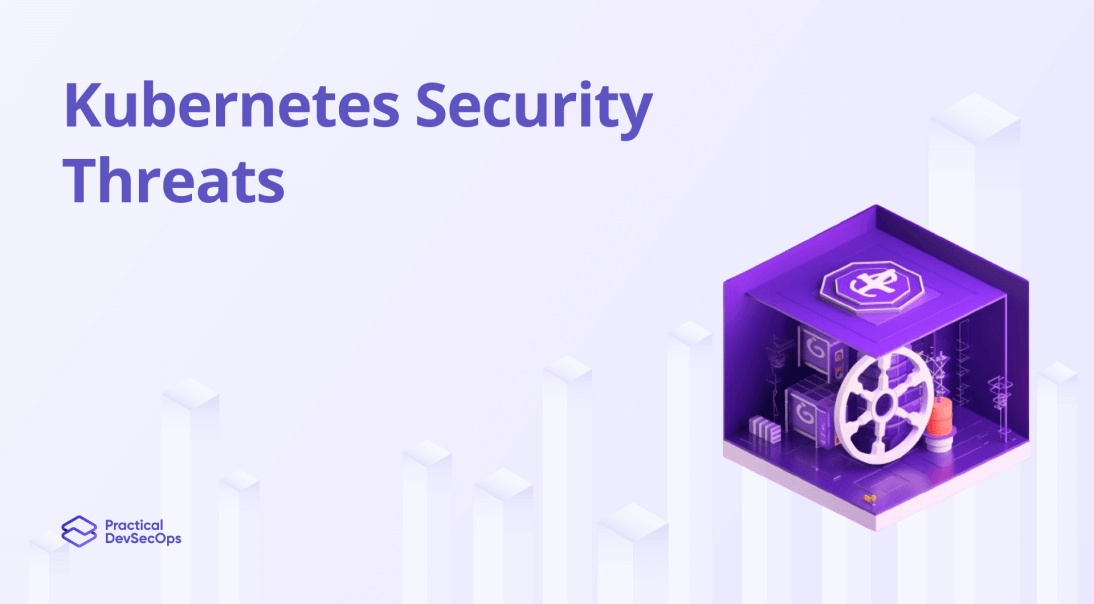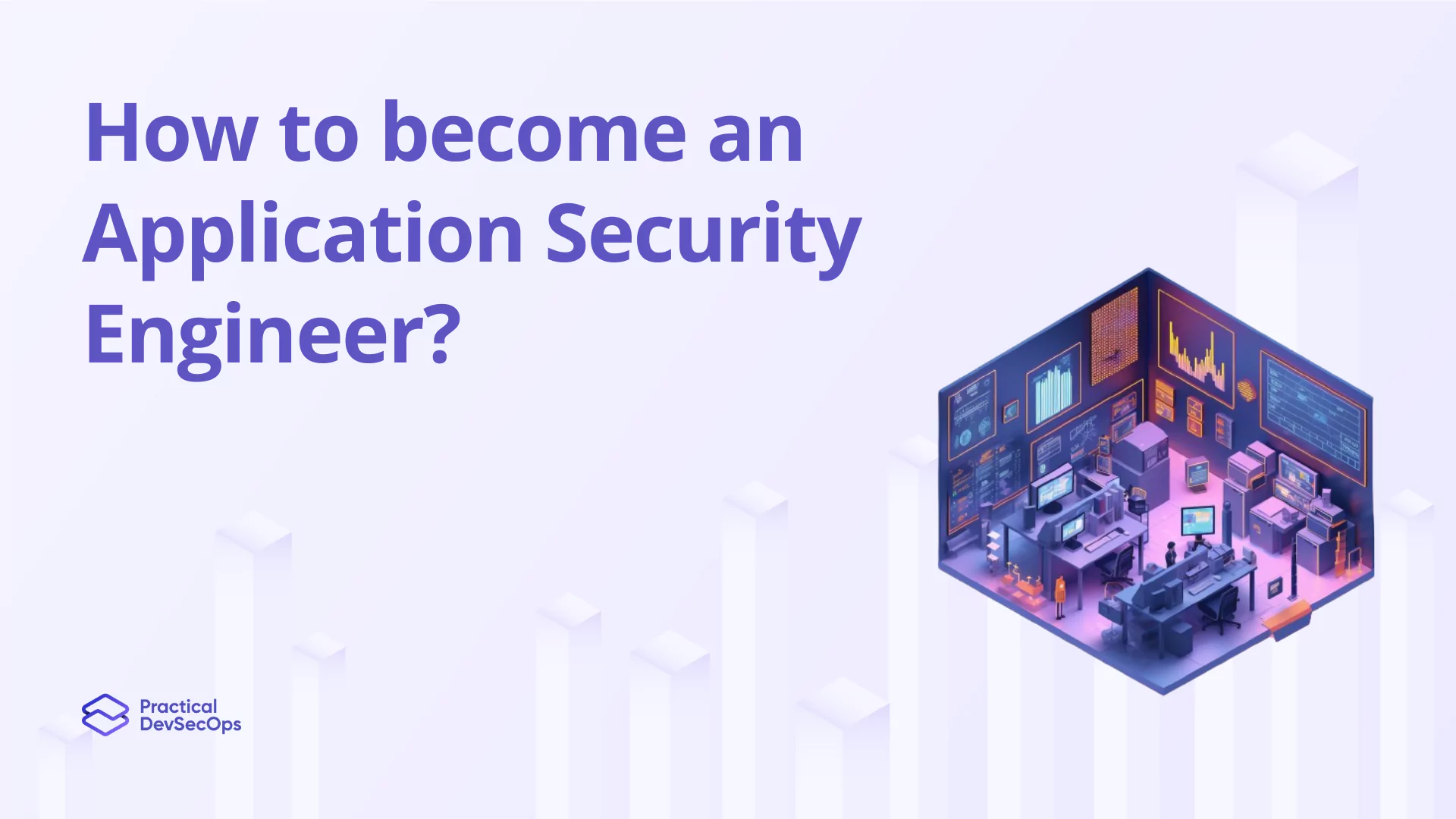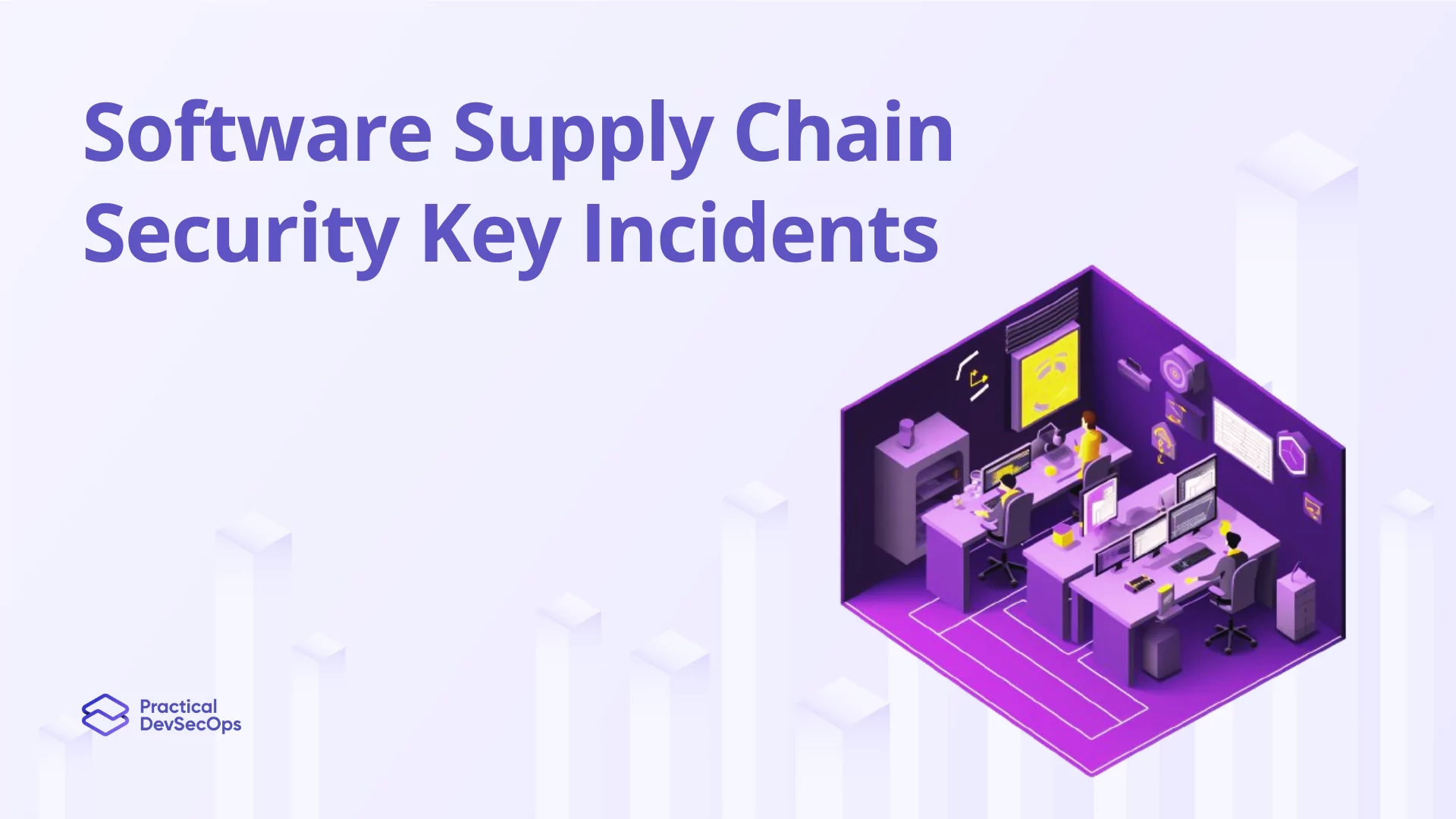As Kubernetes continues to dominate the world of container orchestration, securing your Kubernetes cluster becomes paramount. However, with its vast capabilities and complex architecture, Kubernetes also introduces a unique set of security risks. In this article, we will explore the top Kubernetes security threats and issues that every security professional should be aware of, and discuss effective strategies to mitigate them.
1. Misconfigurations: The Achilles’ Heel
Misconfigurations are among the most common and dangerous security threats in Kubernetes. Small oversights in configuration settings can lead to critical vulnerabilities, inadvertently exposing your cluster to potential attacks. Some common misconfigurations include:
- Exposing the Kubernetes API server without appropriate authentication
- Allowing insecure container images without proper scanning
- Failing to implement network segmentation or isolating sensitive workloads
To safeguard against misconfigurations, it is essential to follow these best practices:
- Secure API Server: Enable strong authentication, authorization, and encryption for your API server. Implement network policies to control access to the API server.
- Role-Based Access Control (RBAC): Implement RBAC to enforce granular access controls and limit privileges for different users or service accounts.
- Container Image Security: Utilize trusted image registries, regularly scan container images for vulnerabilities, and only use images from trusted sources.
- Network Segmentation: Isolate sensitive workloads and enforce network segmentation to prevent lateral movement within the cluster.
2. Insider Threats: Rogue Pods Within
While Kubernetes provides a powerful platform for deploying and managing applications, it also opens the door to potential insider threats. These threats can arise from compromised pods or malicious actors with legitimate access to the cluster. Insider threats can lead to data breaches, unauthorized access, or even the manipulation of critical workloads.
To mitigate insider threats in Kubernetes, consider adopting the following practices:
- Least Privilege Principle: Grant minimal privileges to pods and service accounts. Regularly review and revoke unnecessary permissions.
- Pod Security Policies: Implement pod security policies to enforce security rules and ensure that only trusted workloads can be deployed.
- Monitor Pod Activity: Utilize auditing and logging capabilities to monitor pod activity and detect any anomalous or suspicious behavior.
Expand your knowledge of kubernetes authentication practices with the Kubernetes Authentication Methods Guide.
3. Vulnerable Third-Party Dependencies
Kubernetes ecosystems often rely on third-party components, including libraries, plugins, and container images. These dependencies, if not regularly updated and patched, can introduce vulnerabilities that attackers may exploit. Some potential risks include:
- Outdated Kubernetes versions leading to known vulnerabilities
- Unpatched vulnerabilities in container images or used libraries
- Insecure plugins compromising the security of the entire cluster
Learn how to perform effective Kubernetes Security Monitoring.
To address Kubernetes security issues related to third-party dependencies:
- Keep Kubernetes Up to Date: Regularly update your Kubernetes cluster to the latest stable version, as it includes bug fixes and security patches.
- Monitor Vulnerability Databases: Stay informed about vulnerabilities affecting the container images and libraries you use. Regularly scan and update them to their patched versions.
Also Read, Why Kubernetes Vulnerability Scanning is Important and How Does it Work
4. Container Escape and Pod Hopping
Kubernetes secures containers within pods, offering isolation and resource allocation. However, if a malicious actor gains access to a compromised container, they may attempt to escape the container’s boundaries and move laterally through the cluster. Container escape and pod hopping attacks can lead to unauthorized access, privilege escalation, and the compromise of other workloads.
To prevent container escape and pod hopping:
- Apply Security Contexts: Configure security contexts within pods to isolate them from the host system and prevent container escape.
- Host-Level Protections: Enforce strict access controls and secure the underlying host system to minimize the impact of a compromised container.
Learn more about the implementation of Kubernetes Pod Security Policies
Learn about Kubernetes Network Security and implementing robust network controls.
5. Denial-of-Service (DoS) Attacks
DoS attacks aim to overwhelm a system’s resources, rendering it unresponsive and disrupting legitimate access. In Kubernetes, DoS attacks can target the cluster control plane, applications, or network resources. Such attacks can have severe consequences, including service downtime and financial losses caused by operational disruptions.
Also Read, Best Tools for Kubernetes Security
To protect against DoS attacks:
- Resource Limits: Enforce resource limits and quotas to prevent a single pod or workload from consuming excessive cluster resources.
- Pod Security Policies: Set restrictions on CPU, memory, and other resource limits to avoid resource exhaustion attacks.
- Ingress Controller Protections: Implement rate limiting and traffic management controls at the ingress controller to mitigate DoS attacks targeting network resources.
Also Read, Best Kubernetes Security Books
Conclusion
As you journey through the exciting world of Kubernetes, keeping an eye on these Kubernetes security threats and issues is essential. By recognizing and addressing vulnerabilities, misconfigurations, insider threats, vulnerable dependencies, container escape risks, and DoS attacks proactively, you will build a robust security foundation for your Kubernetes cluster. Stay informed, follow best practices, and employ a defense-in-depth approach to ensure your Kubernetes environment remains secure
Also Read, Kubernetes Security Best Practices
Interested in Kubernetes Security Hands-on Training?
You can get trained in Kubernetes security by enrolling in our Cloud-Native Security Expert (CCNSE) course, which provides hands-on training in important concepts of Kubernetes security, such as:
Hacking Kubernetes Cluster, Kubernetes Authentication and Authorization, Kubernetes Admission Controllers, Kubernetes Data Security, Kubernetes Network Security, Defending Kubernetes Cluster.
Course Highlights:
- Hands-on training through browser-based labs
- Vendor-neutral course
- 24/7 instructor support
- CCNSE Certification is among the preferred for Kubernetes security roles by global organizations
Get Free E-books on Kubernetes Security 101
Download Free E-book on Securing Kubernetes Cluster Configuration






0 Comments